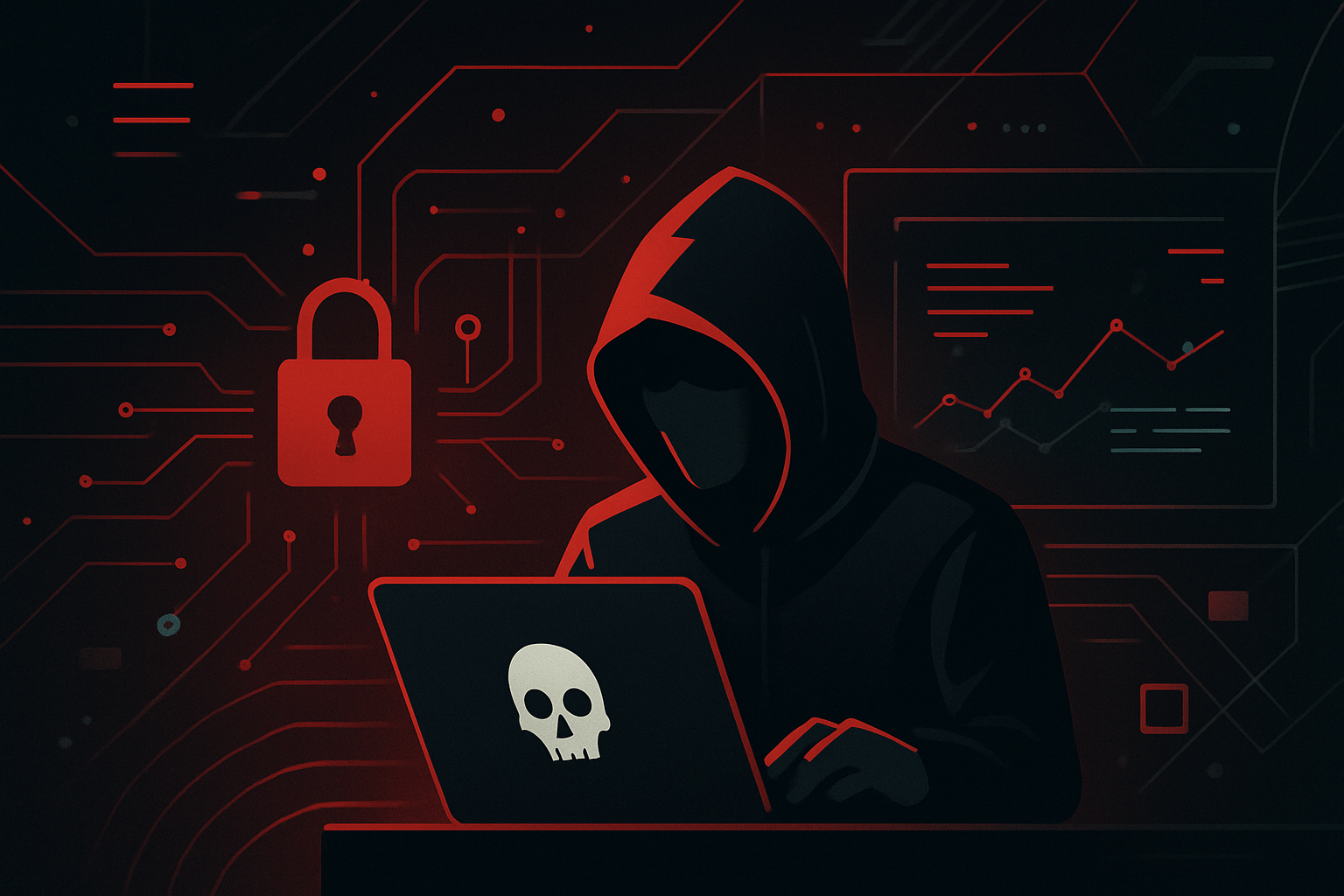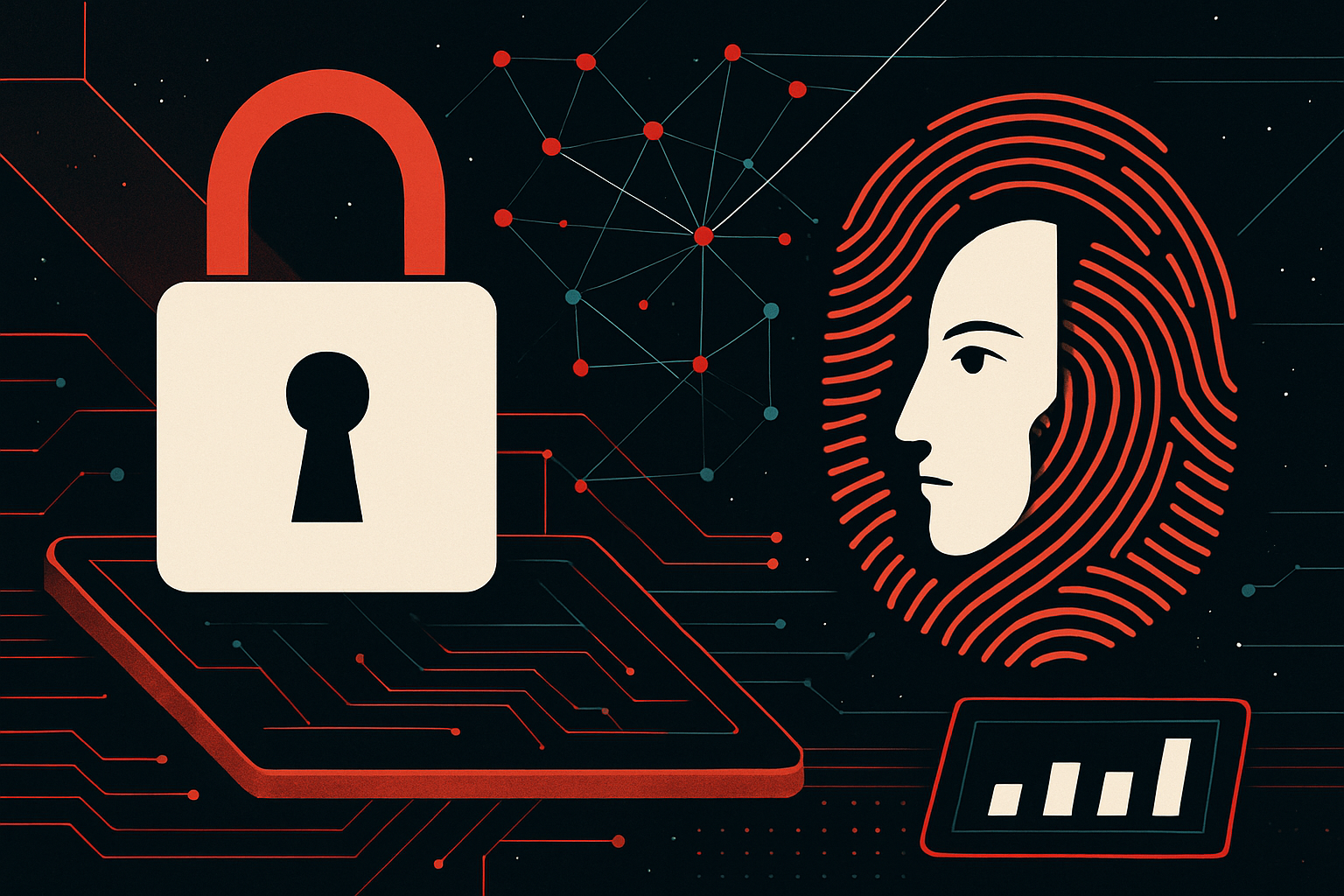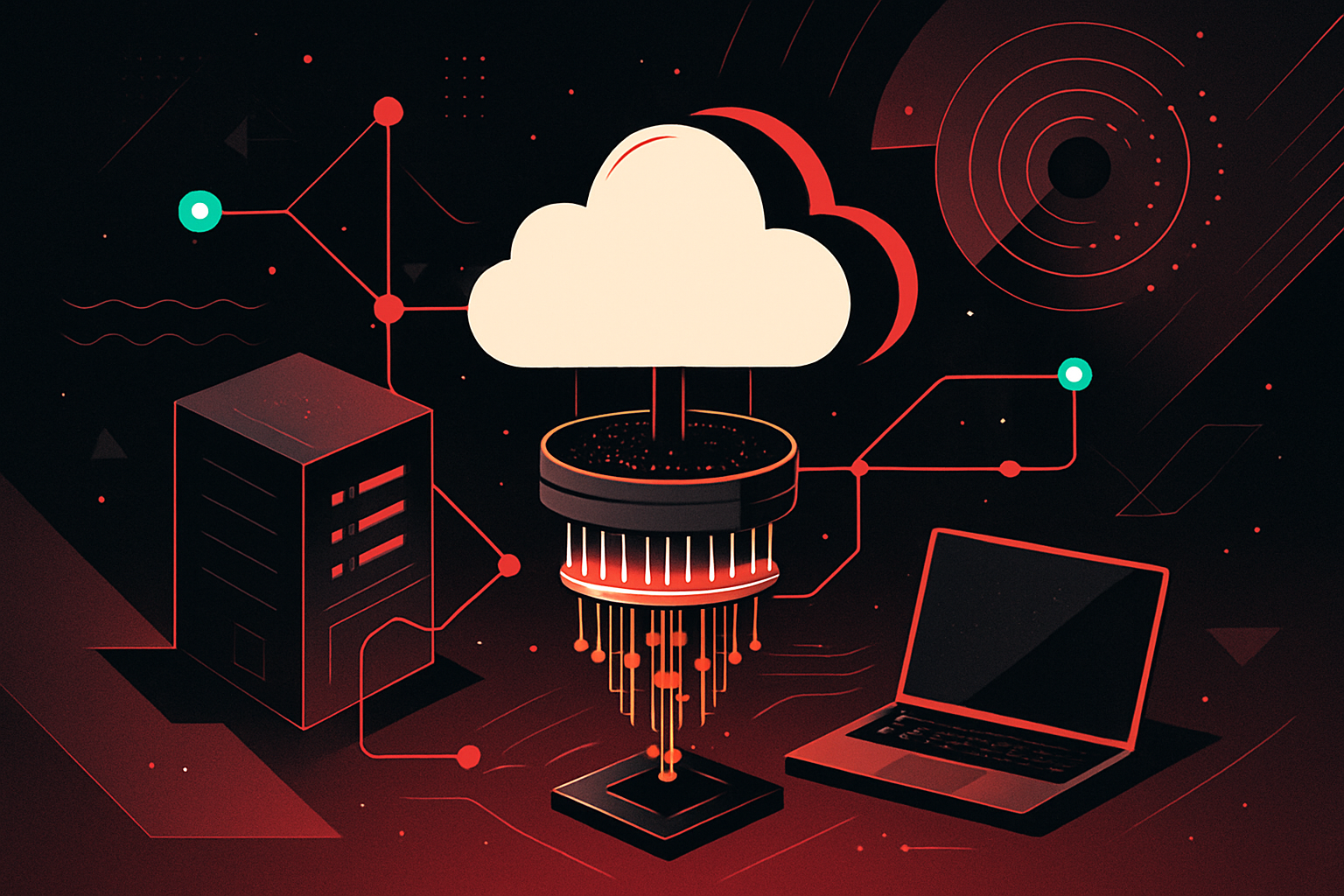The Dark Web: How Cybercriminals Operate Behind the Scenes

Understanding the Dark Web: Core Components and Access Methods
Defining the Dark Web
The dark web is a section of the internet not indexed by traditional search engines. It is accessible only through specialized software, most commonly Tor (The Onion Router) or I2P (Invisible Internet Project). This space facilitates anonymous communication and transactions, making it a haven for illicit activities.
Tools and Technologies Enabling Anonymity
1. Tor Network
- How it Works: Tor routes internet traffic through multiple volunteer-operated servers (nodes), encrypting data at each step.
- Access: Users download the Tor Browser, which anonymizes browsing activity and allows access to sites with .onion domains.
2. I2P
- How it Works: I2P creates a decentralized, peer-to-peer network using garlic routing (bundling messages for additional anonymity).
- Access: Requires the I2P software and uses unique .i2p domains.
3. VPNs and Proxies
- Purpose: Layered with Tor or I2P for added privacy, masking IP addresses and circumventing geofencing.
Key Differences: Surface, Deep, and Dark Web
| Layer | Accessibility | Content Type | Example |
|---|---|---|---|
| Surface Web | Public, indexed by Google | News sites, socials | www.cnn.com, facebook.com |
| Deep Web | Restricted, unindexed | Databases, paywalls | Academic journals, private forums |
| Dark Web | Special software only | Illicit markets | silkroad7rn2puhj.onion (defunct) |
Common Cybercriminal Activities on the Dark Web
1. Illicit Marketplaces
- Goods Sold: Drugs, weapons, counterfeit documents, stolen data, malware.
- Example: Darknet markets like AlphaBay (seized) and Hydra (defunct).
2. Data Breaches and Dumps
- Method: Stolen databases are sold or auctioned, often including credentials, credit card info, and personal data.
- Example: Massive credential dumps from corporations (e.g., LinkedIn, MySpace).
3. Malware-as-a-Service (MaaS) and Ransomware
- Services: Prebuilt malware, ransomware kits, phishing kits, DDoS-for-hire.
- Example: Ransomware strains like REvil and Conti sold as subscription services.
4. Financial Fraud
- Activities: Credit card skimming, bank login sales, cryptocurrency laundering.
- Tools: Automated carding bots, fake payment gateways.
Step-by-Step: How Cybercriminals Set Up an Illicit Market on the Dark Web
- Environment Preparation
- Use a secure, encrypted OS (e.g., Tails).
- Connect via Tor or I2P.
-
Deploy a VPN for further obfuscation.
-
Hosting the Marketplace
- Rent a bulletproof hosting service (ignores law enforcement requests).
-
Set up a .onion domain using Tor’s hidden service configuration:
bash
# Example: Tor hidden service configuration in torrc
HiddenServiceDir /var/lib/tor/hidden_service/
HiddenServicePort 80 127.0.0.1:8080 -
Deploy marketplace software (open-source or custom).
-
Securing Access
- Implement 2FA (Two-Factor Authentication) and PGP encryption for user communications.
-
Use captchas and invite-only registrations to deter law enforcement.
-
Payment Integration
- Accept cryptocurrencies (Bitcoin, Monero) for anonymity.
-
Use tumblers/mixers to obfuscate transaction trails.
-
Operational Security (OpSec)
- Regularly change hosting locations.
- Use pseudonyms and avoid personal identifiers.
- Monitor for infiltration attempts.
Technical Tactics: Communication and Transactions
1. PGP Encryption
- Purpose: Secures messages between buyers, sellers, and admins.
- Example Usage:
bash
# Encrypting a message with PGP
gpg --encrypt --recipient recipient_public_key message.txt
2. Cryptocurrency Mixing
- Goal: Break links between sender and recipient addresses.
- Typical Process:
- Send funds to a mixer service.
- Service disperses funds through multiple wallets, then returns to a new address.
Law Enforcement Countermeasures vs. Cybercriminal Evasion
| Law Enforcement Tactic | Cybercriminal Countermeasure |
|---|---|
| Undercover operations | Vetting, invite-only markets, escrow system |
| Blockchain analysis | Use of privacy coins (Monero), coin mixing |
| Malware tracking | Custom obfuscation, frequent code changes |
| Server takedowns | Decentralized hosting, backup mirrors |
Actionable Insights for Security Professionals
- Monitor for Data Leaks: Use dark web monitoring tools (e.g., Recorded Future, DarkOwl) to identify compromised credentials.
- Educate Employees: Train on phishing, social engineering, and password hygiene to reduce breach risk.
- Implement Multi-Factor Authentication: Reduces impact even if credentials are leaked.
- Patch Regularly: Unpatched systems are a prime target for dark web-exploited malware.
- Incident Response Plans: Prepare for rapid action in case of a breach, including notification and containment protocols.
Sample Python Script: Checking if Credentials Are Leaked
import requests
def check_pwned(email):
url = f"https://haveibeenpwned.com/api/v3/breachedaccount/{email}"
headers = {"hibp-api-key": "YOUR_API_KEY"}
response = requests.get(url, headers=headers)
if response.status_code == 200:
print(f"Breaches found for {email}:")
for breach in response.json():
print(breach['Name'])
else:
print("No breaches found or error occurred.")
check_pwned('[email protected]')
Note: Requires Have I Been Pwned API key.
Key Takeaways Table
| Area | Practical Step |
|---|---|
| Access Control | Use 2FA, strong passwords, least privilege |
| Data Monitoring | Employ dark web monitoring for leaks |
| Employee Training | Conduct regular security awareness sessions |
| System Updates | Patch software and firmware promptly |
| Incident Response | Maintain and rehearse breach response plans |




0 thoughts on “The Dark Web: How Cybercriminals Operate Behind the Scenes”